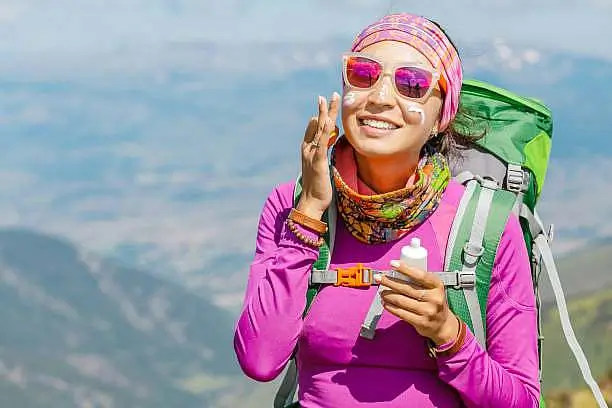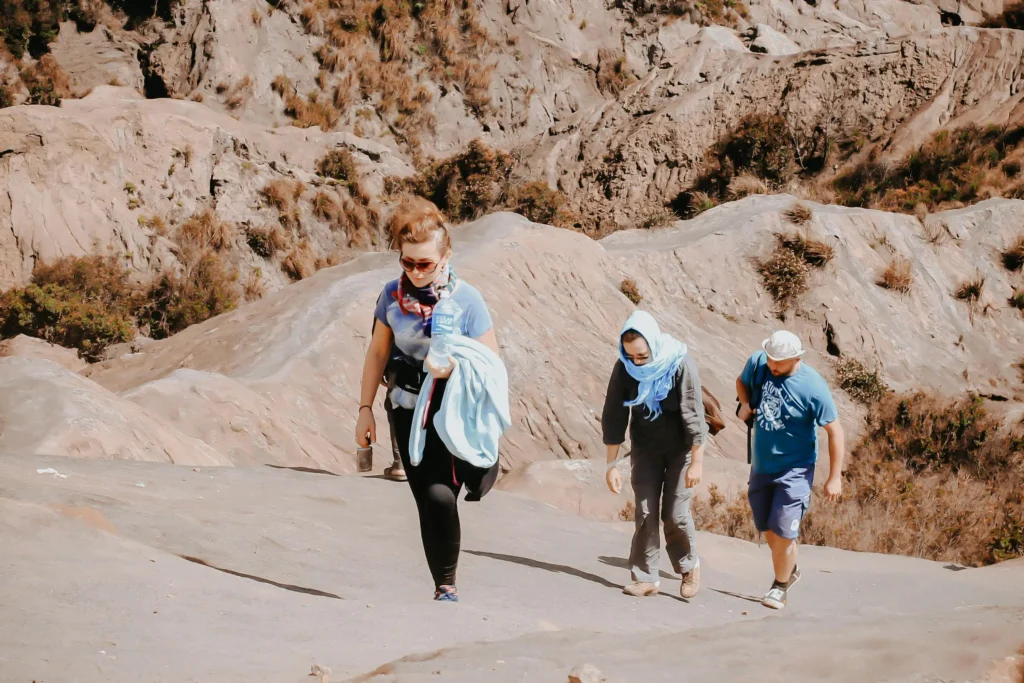Heat Injuries in the Mountains: Prevention & Safety Tips
As temperatures rise and climbing routes dry out, summer becomes peak season for high-altitude adventures. But with the warmth comes a different kind of danger – heat-related illnesses. Unlike in lowland hikes, where shade is plentiful and water sources are easy to find, mountaineers are especially vulnerable to heatstroke, dehydration, and sunburn due to the intense exposure, altitude, and physical exertion. Whether you’re scaling alpine routes or trekking across sunbaked ridgelines, knowing how to prevent and respond to heat-related injuries can be a matter of survival.

Table of contents
Why Heat-Related Injuries Are More Dangerous at Altitude
Common Heat-Related Injuries in the Mountains
Why Heat-Related Injuries Are More Dangerous at Altitude
At high elevations, the sun’s UV radiation is significantly stronger – up to 25% more intense for every 1,000 meters of gain. Coupled with thinner air and long hours of exposure on snow or rock, your body is under constant stress. Sweating is also less noticeable in dry air, which increases the risk of dehydration without you realizing it. Add to that the reduced oxygen, and your body is working overtime, even while resting.
Common Heat-Related Injuries in the Mountains
Dehydration
One of the most common and most overlooked issues. Even mild dehydration can impair decision-making and physical performance. Symptoms include dry mouth, headache, fatigue, dizziness, and dark urine.
Prevention: Drink 0.5 – 1 liter per hour of activity, depending on heat and altitude. Use electrolyte tablets to maintain sodium and potassium levels.
Heat Exhaustion
Heat exhaustion occurs when the body overheats and can’t cool itself efficiently. Symptoms include heavy sweating, nausea, weakness, rapid pulse, and confusion.
Prevention: Wear moisture-wicking clothing, take regular rest breaks in shade if available, and hydrate frequently. Avoid caffeine and alcohol before and during climbs.
Heatstroke
A life-threatening emergency where the body’s core temperature rises above 40°C (104°F). Symptoms include hot, dry skin (or profuse sweating), altered mental state, and collapse.
Immediate Action: Move the person to shade, remove excess clothing, apply cool water to the skin, and seek evacuation if symptoms worsen.
Sunburn and UV Damage
UV radiation reflects off snow, ice, and light rock, intensifying the burn risk. Severe sunburn can lead to blistering and increased skin cancer risk.
Protection Tips:
- Apply broad-spectrum SPF 50 sunscreen every 2 hours.
- Use lip balm with UV protection.
- Wear a wide-brimmed hat or helmet cover, sunglasses with UV protection, and long sleeves.

Hyponatremia
Often confused with dehydration, this condition is caused by drinking too much water without electrolytes, diluting sodium levels in the blood. It can lead to confusion, seizures, and even death.
Avoid It: Balance water intake with salt and electrolyte consumption, especially on long hot days.
Smart Strategies for Hot-Weather Mountaineering
- Start early: Avoid the midday sun by moving fast in the early morning.
- Route selection: Choose shaded or higher-altitude routes when possible.
- Clothing matters: Light-colored, breathable, and UV-protective layers help regulate temperature.
- Acclimatize: Gradual exposure to both heat and altitude reduces risk.
- Buddy check: Monitor your partner for symptoms – they might notice your condition before you do.
Final Word: Don’t Underestimate the Heat
Even the most experienced climbers can fall victim to heat-related injuries if they ignore the signs. Preparation is everything. By planning your hydration, adjusting your pace, and protecting yourself from the elements, you ensure not only your summit chances – but your survival.
